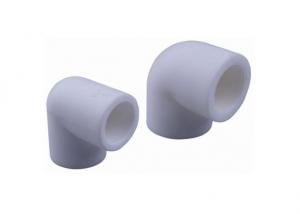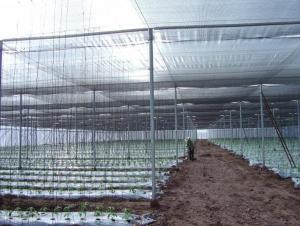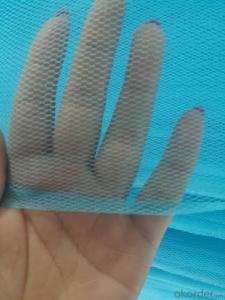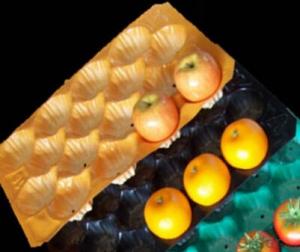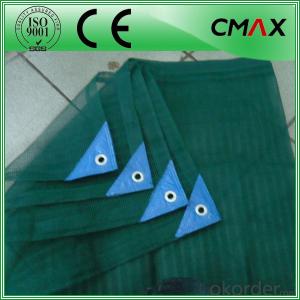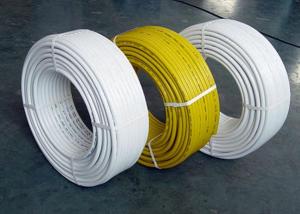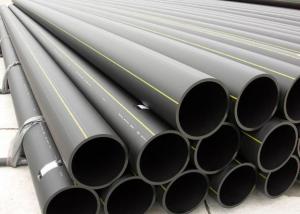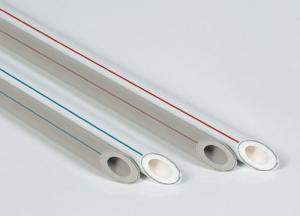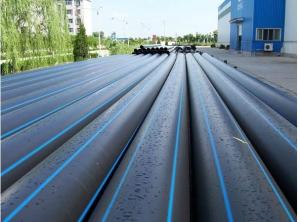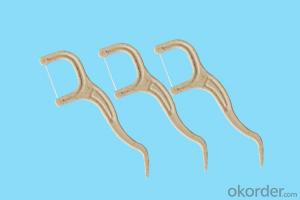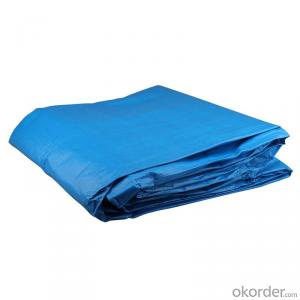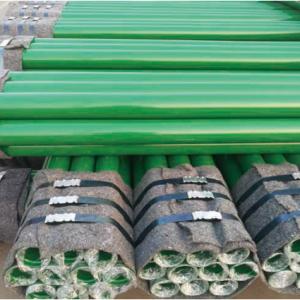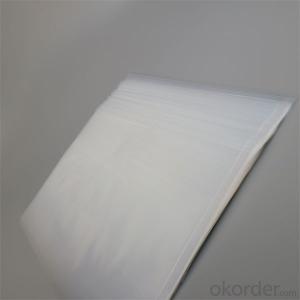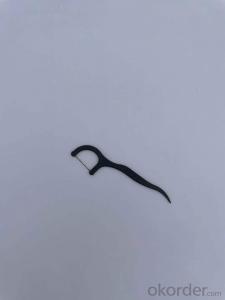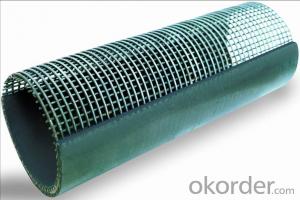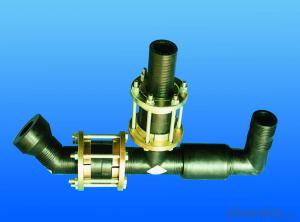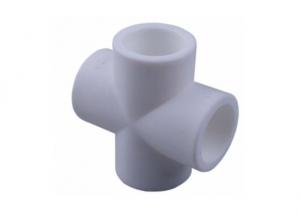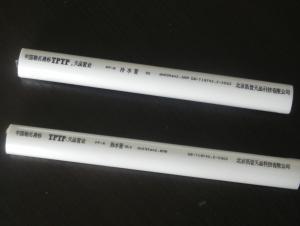90 Elbow
- Loading Port:
- China Main Port
- Payment Terms:
- TT or LC
- Min Order Qty:
- 500 Pieces pc
- Supply Capability:
- 10000 Pieces per Day pc/month
OKorder Service Pledge
OKorder Financial Service
You Might Also Like
90 Elbow
Certificate: CE; ISO9001
Pressure: PN2.5Mpa
Size: 16-160 mm
Colors: on request
15 years experience in PP-R line
Features of 90 Elbow:
Material: Polypropylene
Sizes: 16 to 160mm
Pressure: PN2.5Mpa
Colors: Light grey, white or other colors on request
Connection: Welding
Standard: GB/T18742.2-2002; DIN8077/8078
Certification: CE, ISO9001
Applications: Cold or hot water supply, heating system, wall heating and radiating system
Advantages of 90 Elbow:
High Temperature Resistance: the maximum sustained working temperature is up to 70 °C,the maximum transient temperature is up to 95°C
Non-toxic: no heavy metal additives, would not be covered with dirt or contaminated by bacterium.
Corrosion Resistant: resist chemical matters or electron chemical corrosion.
Lower Installation Costs: light weight and ease of installation can reduce installation costs
Higher Flow Capacity: smooth interior walls result in lower pressure loss and higher volume
Long Life: more than 50 years under normal conditions
Recycled and Environment-friendly
- Q:Is the plastic steel composite pipe lined with plastic galvanized steel pipe?
- By pretreatment, preheating, internal coating, leveling, postprocessing technology made in water supply galvanized plastic composite pipe, is the upgrading of traditional galvanized pipe, steel plastic composite pipe with threaded connection.Plastic lining composite steel pipe: pipe to polyethylene plastic pipe lining in the outer layer, so the manufacturing cost is reduced, and ensure that the thickness to ensure the strength, the installation of plastic lining composite steel pipe with polypropylene PP-R pipe cost almost close to the aluminum-plastic composite pipe, stainless steel pipe is much lower than pure and pure copper.
- Q:Can composite pipes be used for gas distribution systems?
- Yes, composite pipes can be used for gas distribution systems. Composite pipes, typically made of a combination of materials such as fiberglass, carbon fiber, and epoxy resin, offer several advantages for gas distribution systems. They are lightweight, corrosion-resistant, and have a longer lifespan compared to traditional metal pipes. Composite pipes also have excellent strength-to-weight ratios and can withstand high-pressure applications, making them suitable for gas distribution systems.
- Q:PSP plastic steel pipe and lining plastic pipe difference
- PSP is the abbreviation of steel plastic composite pressure pipe, P is PE or PPR, PERT and other materials should be the initial letter, S steel English letter referred to, as the name suggests PSP is sandwiched between two layers of plastic steel, with the aim of internal and external corrosion types, such products generally have high water to melt connection pipeline, inside and outside the plastic pipe with the use of fire, underground pipeline steel mesh skeleton.
- Q:Are composite pipes resistant to rodent and insect damage?
- Yes, composite pipes are generally resistant to rodent and insect damage. The materials used in composite pipes, such as fiberglass or plastic, are not attractive to rodents or insects, making them less prone to damage compared to traditional materials like metal or wood. Additionally, composite pipes are often designed with protective coatings or barriers that further prevent rodent or insect penetration. However, it is important to note that while composite pipes offer resistance, they may not be entirely immune to damage in certain situations.
- Q:Are composite pipes suitable for transporting fluids?
- Yes, composite pipes are suitable for transporting fluids. Composite pipes are made from a combination of materials such as fiberglass, carbon fiber, and epoxy resin, which offer excellent resistance to corrosion, chemicals, and high temperatures. These pipes are lightweight, durable, and have a smooth inner surface that minimizes friction, allowing for efficient and reliable fluid transport. Additionally, composite pipes have low thermal conductivity, reducing heat loss during fluid transportation. Overall, their unique properties make composite pipes a suitable choice for various fluid transportation applications.
- Q:Construction technology of internal and external double hot melt joint of PSP steel plastic composite pipe
- If the welding temperature is up to 210 + 10, the double fusion welding tool can be used for welding operation. Dn32 and Dn32 the following specifications pipe and pipe welding, the whole round after the first pipe weld to 30% - 50% mark depth, and then fitting into hot melt appropriative welding die heating, and achieve the identified depth; pipe and pipe fittings fused Dn40 and Dn40 above ground when should the pipe and insert special hot melt transition joint welding die heating, and achieve the identified depth.
- Q:Are composite pipes suitable for vacuum applications?
- No, composite pipes are not suitable for vacuum applications.
- Q:Can composite pipes be used for hydroelectric power generation?
- Yes, composite pipes can be used for hydroelectric power generation. Composite materials like fiberglass or carbon fiber reinforced polymers offer high strength-to-weight ratios, corrosion resistance, and durability, making them suitable for transporting water in hydroelectric power systems. These pipes can effectively handle the high pressure and flow rates required for efficient power generation. Additionally, composite pipes are lightweight and easier to install compared to traditional metallic pipes, reducing costs and improving overall system performance.
- Q:What is the maximum diameter available for composite pipes?
- The maximum diameter available for composite pipes can vary depending on the manufacturer and specific application, but it can typically range from a few inches to several feet.
- Q:Can composite pipes be connected to traditional pipe systems?
- Yes, composite pipes can be connected to traditional pipe systems. Composite pipes are designed to be compatible with various connection methods such as flanges, couplings, and compression fittings, allowing seamless integration with existing traditional pipe systems.
1. Manufacturer Overview |
|
|---|---|
| Location | Zhejiang, China |
| Year Established | 2004 |
| Annual Output Value | |
| Main Markets | North America South America Eastern Europe Southeast Asia Africa Oceania Mid East Eastern Asia Western Europe |
| Company Certifications | CE;ISO9001:2000 |
2. Manufacturer Certificates |
|
|---|---|
| a) Certification Name | |
| Range | |
| Reference | |
| Validity Period | |
3. Manufacturer Capability |
|
|---|---|
| a)Trade Capacity | |
| Nearest Port | |
| Export Percentage | 31% - 40% |
| No.of Employees in Trade Department | |
| Language Spoken: | |
| b)Factory Information | |
| Factory Size: | 10,000-30,000 square meters |
| No. of Production Lines | 6 |
| Contract Manufacturing | OEM Service Offered Buyer Label Offered |
| Product Price Range | |
Send your message to us
90 Elbow
- Loading Port:
- China Main Port
- Payment Terms:
- TT or LC
- Min Order Qty:
- 500 Pieces pc
- Supply Capability:
- 10000 Pieces per Day pc/month
OKorder Service Pledge
OKorder Financial Service
Similar products
New products
Hot products
Related keywords
